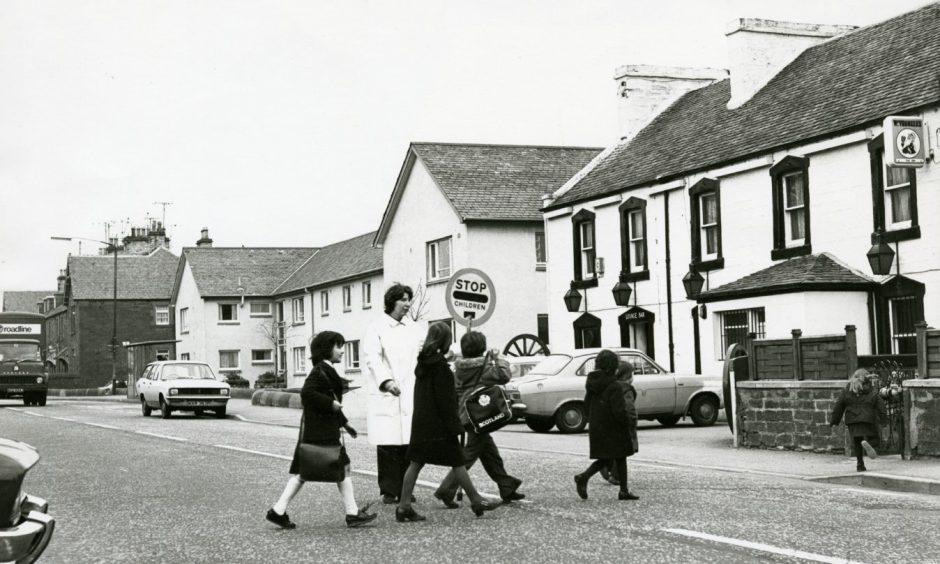
What was life like in Invergowrie in the 1970s?
Historically, Invergowrie, like the rest of the Carse of Gowrie, was part of Perthshire, administered from Perth, and litigated from Perth Sheriff Court.
Invergowrie became part of Dundee when town and county were lumped together in 1975 but was transferred to Perth and Kinross in 1996.
The archives team has been rummaging around the files at DC Thomson’s Kingsway office and dug out a varied batch of faces and places from 50 years ago.
Grab yourself a cuppa and enjoy having another browse back in time courtesy of The Dundonian, which appears in the Evening Telegraph every Wednesday.
Some of these photographs have not been seen for years.
Do they awaken any memories for you?
Invergowrie Quarry Hole
A train travelling on the Dundee to Perth railway line crossing the East Mylnefield quarry by a bridge in March 1972.
The quarry produced stone for Castle Huntly and docks in London.
The bridge is now hidden beneath an embankment.
Invergowrie Inn
Anyone fancy a pint at the Invergowrie Inn?
The new Seven Arches Lounge featured “solid stonework, low beams, panes of wood, Stewart tartan, crossed claymores and a pleasantly lit dance floor”.
Lawrence Duncan was mine host in March 1977.
Welcome to Invergowrie
Welcome to Invergowrie in September 1977.
The village featured in an Evening Telegraph advertising feature and was described as the “unofficial capital of the Carse“.
Little has changed in the architecture of the street over the decades.
Main Street
A view of Invergowrie looking along Main Street from the junction of Greystane Road with traffic diverted following a road closure in January 1978.
Some of the vehicles would now be considered in the “cult classic” variety.
Automobile graveyard
The open ground between Ninewells and Invergowrie was in danger of becoming a dumping ground for old vehicles in February 1978.
Old and worn-out vehicles were being piled up on waste ground.
Residents were up in arms.
Invergowrie School
A familiar and cheerful stalwart of the school day, crossing patrollers play an important role at the heart of our communities.
Former pupils of Invergowrie Primary School will remember skipping across the road under the care of lollipop lady Mrs McCabe, who retired in 1978.
Greystane Hotel
The entrance to the Kingsway from Invergowrie in April 1978 with the entrance to the Greystane House Hotel in the background.
The hotel opened in 1969, promising the atmosphere of a country house.
There was a cocktail bar and restaurant and visitors would find “everything to help you relax and enjoy the quiet peace of the country”.
Centre of Invergowrie
Invergowrie Main Street in April 1978.
Three shops were situated at the end of the row of houses.
Some of the businesses in Main Street in 1978 included Lawson the butcher and McGoldrick, which was popular for selling children’s clothes.
Mill Lane
A view looking towards Invergowrie from Kingsway Road at the Greystane Hotel in April 1978 with the former Bullionfield Paper Mill on the left.
The company’s siding at Invergowrie Railway Station was an important facility for the receipt of raw materials and for onward shipping of the finished product.
Paper making ceased there in January 1965.
Going to the shops
A view of the small shopping precinct in Invergowrie in April 1978.
The self-service shop in the foreground was the place to pick up your bread and milk and fresh produce like butter, which was 26p.
A pint of milk was 12p and 31p would get you a loaf of bread.
Invergowrie Parish Church
A view of Invergowrie from September 1977, taken from outside the Invergowrie Inn, and looking across Main Street at the Errol Road junction.
Invergowrie Parish Church Hall, which opened in 1909, can be seen.
It replaced an earlier church that was erected in 1886
Heavy traffic
Rush hour in Invergowrie was busy in September 1979.
The Evening Telegraph said villagers were fighting for a bypass to reroute the heavy east coast traffic passing through the high street.
The VG food store can be seen to the right of the picture.
Sheltered housing
A shot showing the site for sheltered housing at Hunter Crescent and Gowrie Crescent in October 1979.
The Carse of Gowrie villages were now seen as a highly desirable residential area with a boom in the building of private housing.
Waste land was being targeted by developers in 1979.
Swallow Hotel
The Swallow Hotel near Invergowrie was receiving a face lift here as the new reception area – with some very ’70s brickwork creating the counter area – was unveiled.
Though it’s had a few name changes, the hotel is still open and running.
It’s the final image in our Invergowrie gallery.
Did our pictorial trip back in time jog any memories for you?
Let us know.
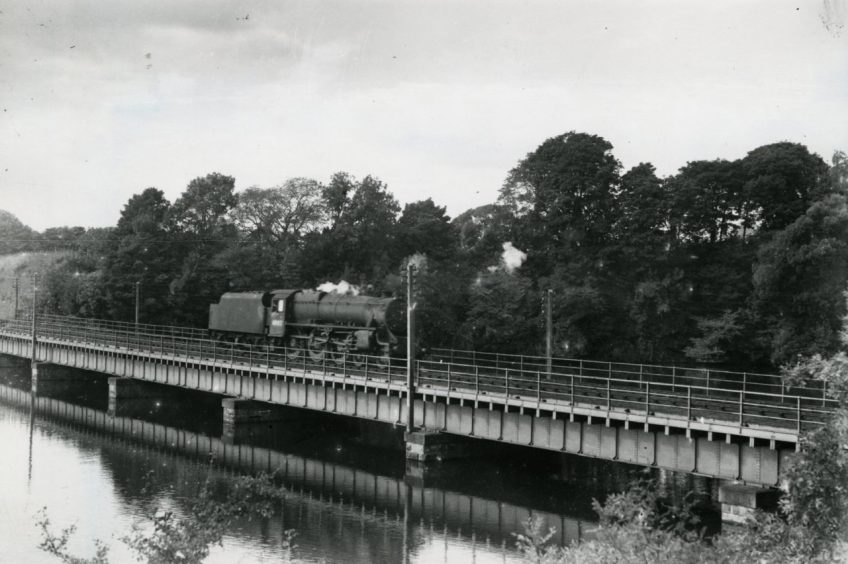
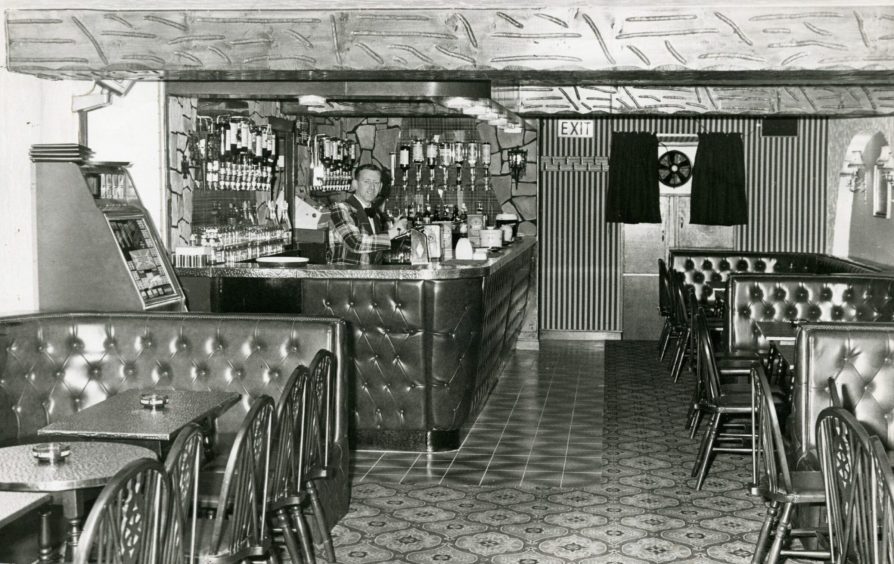
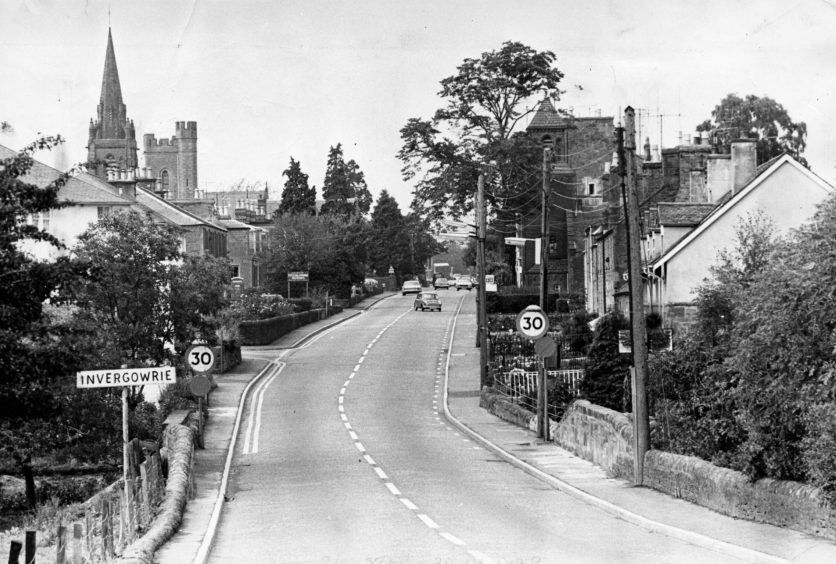
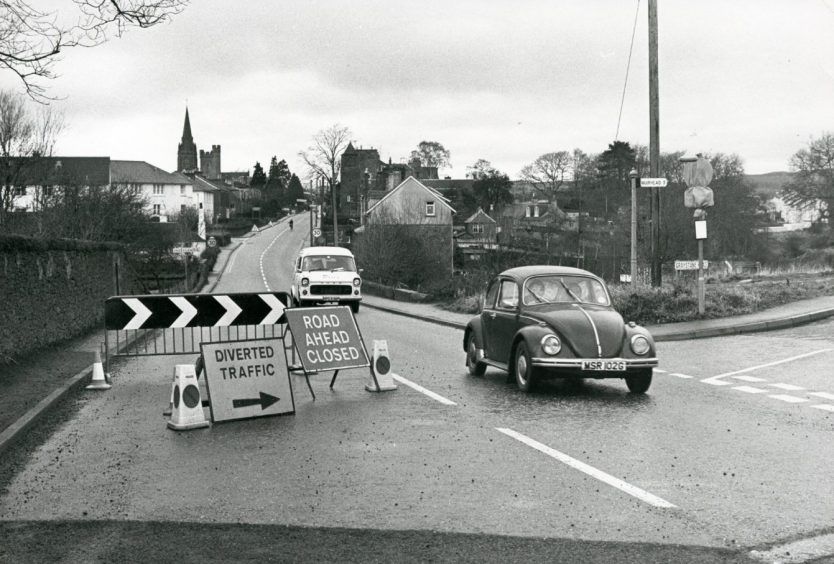
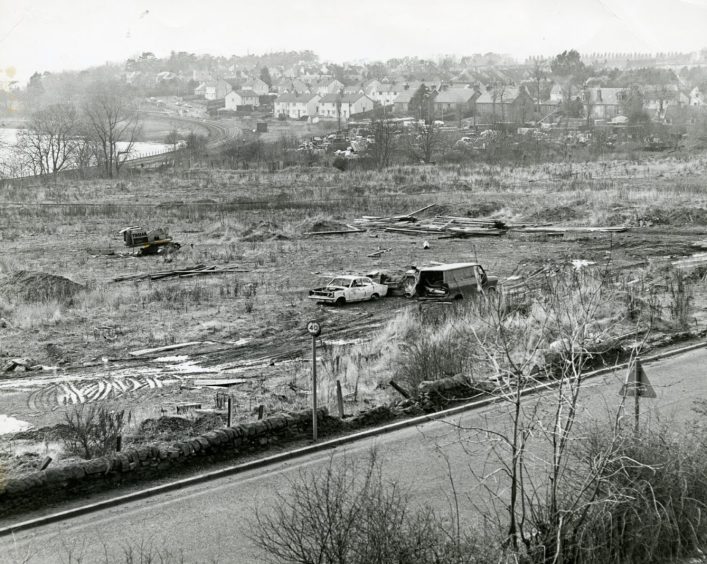
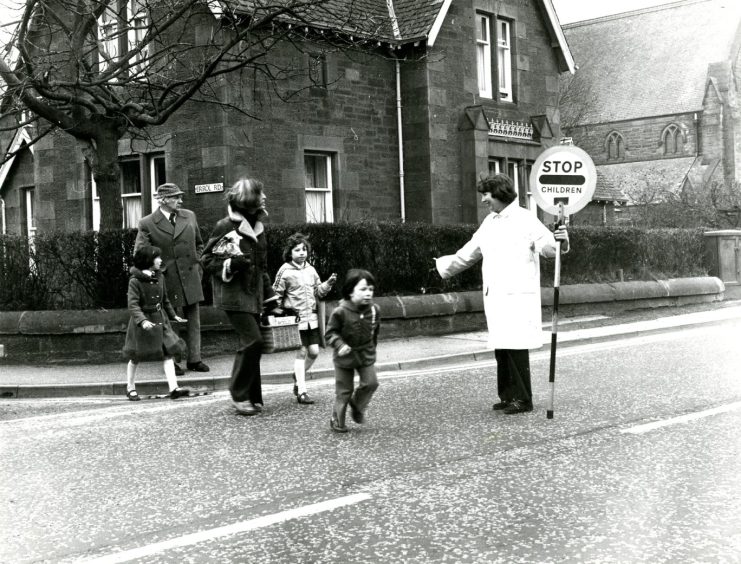
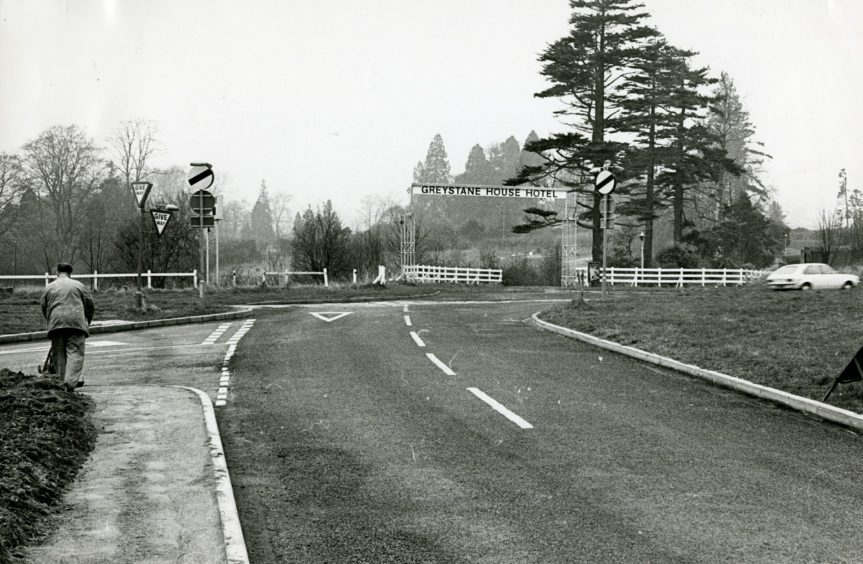
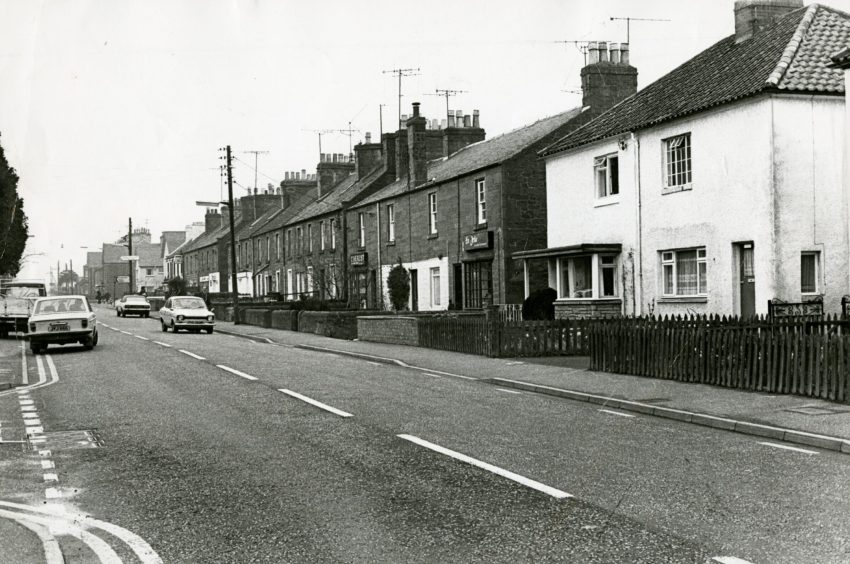
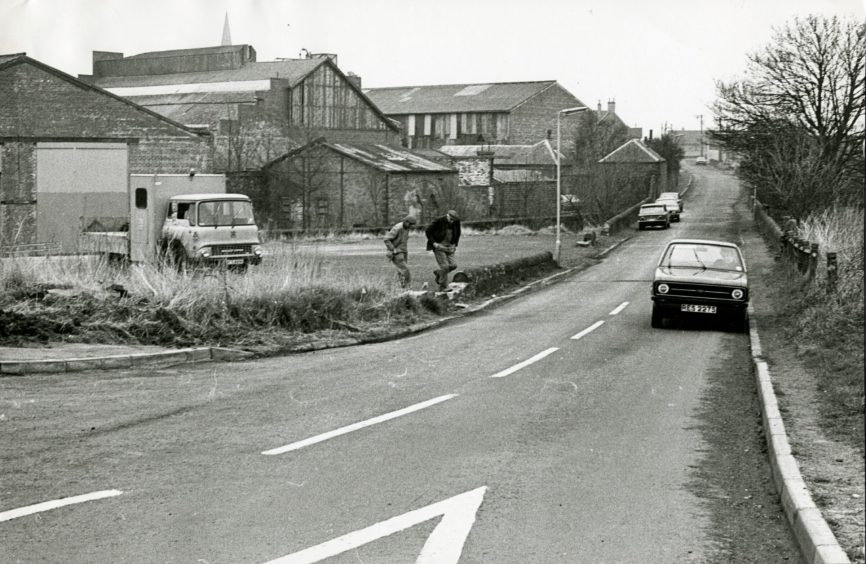
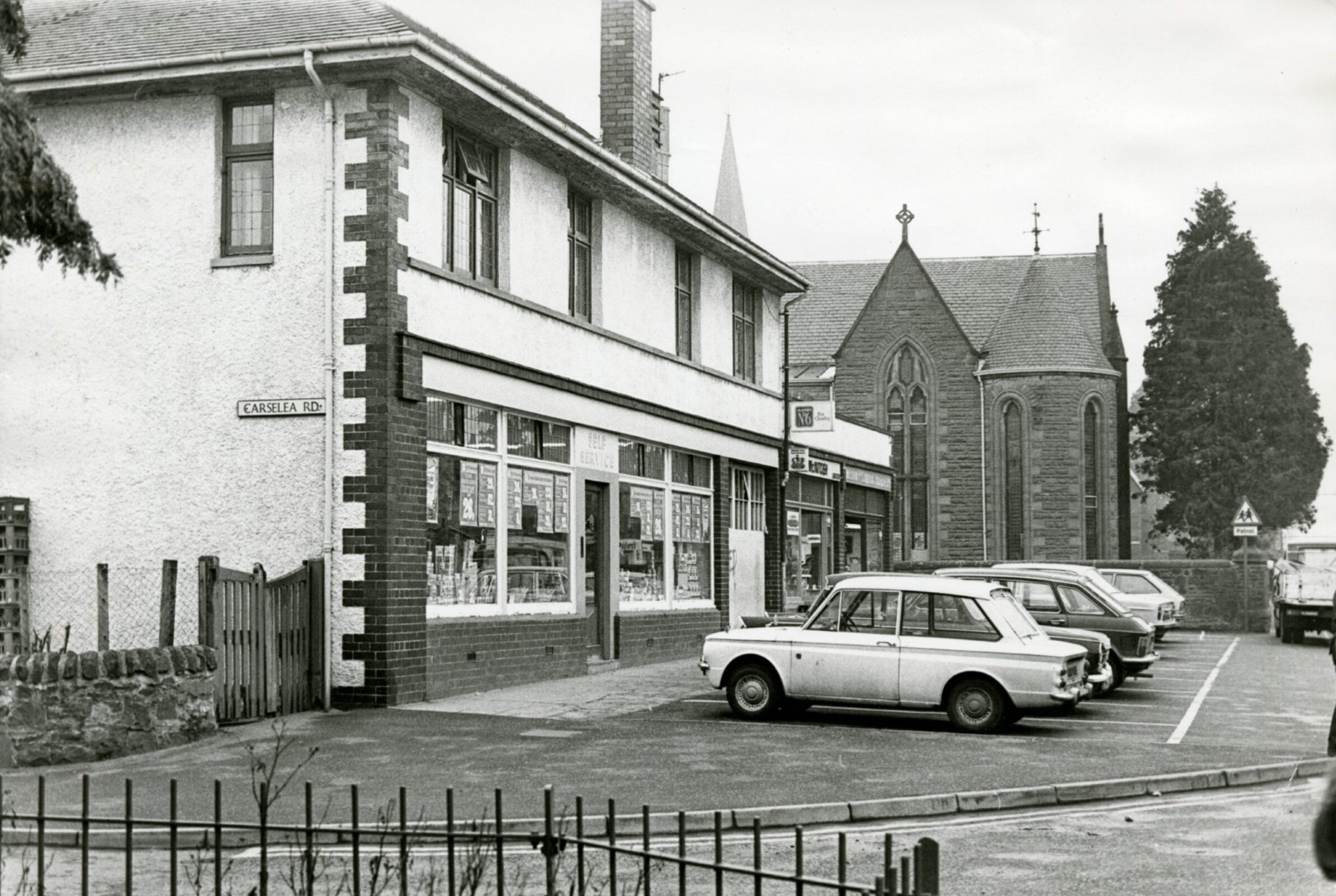
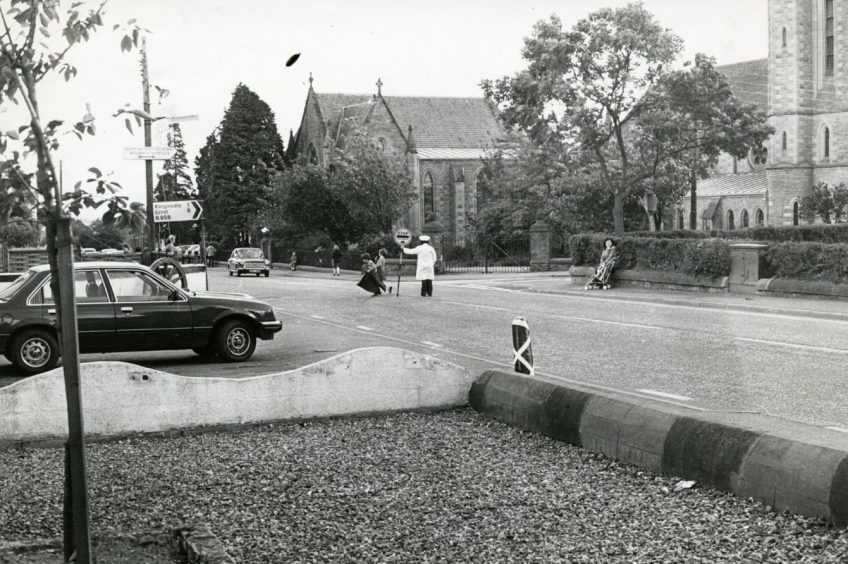
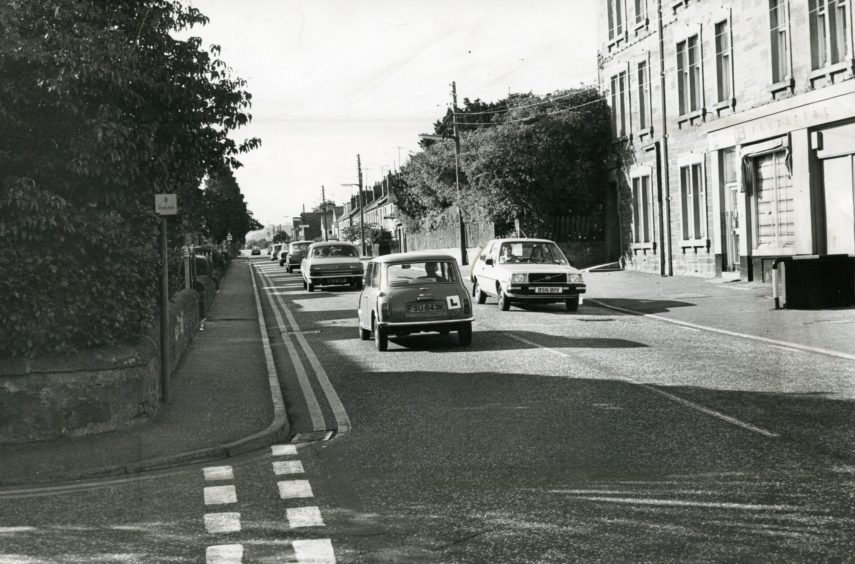
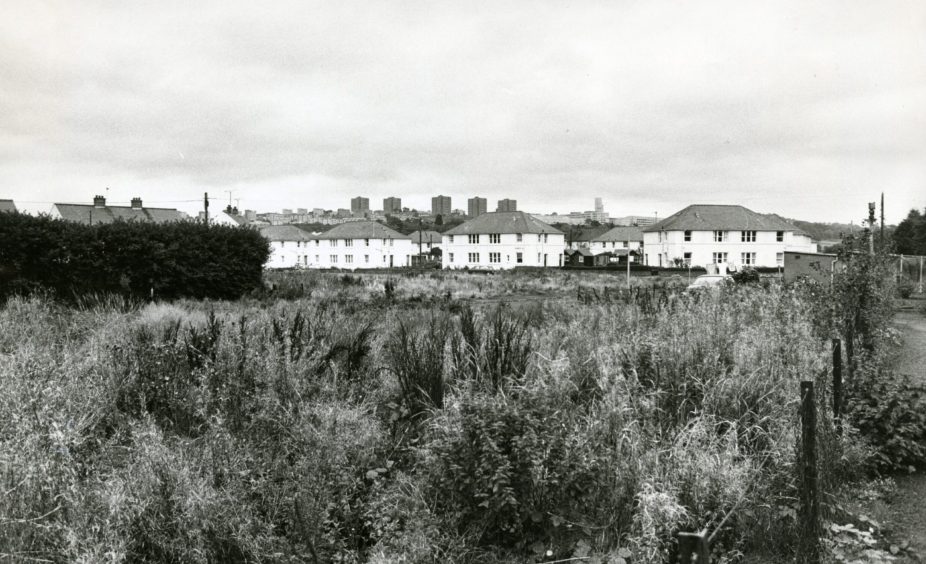
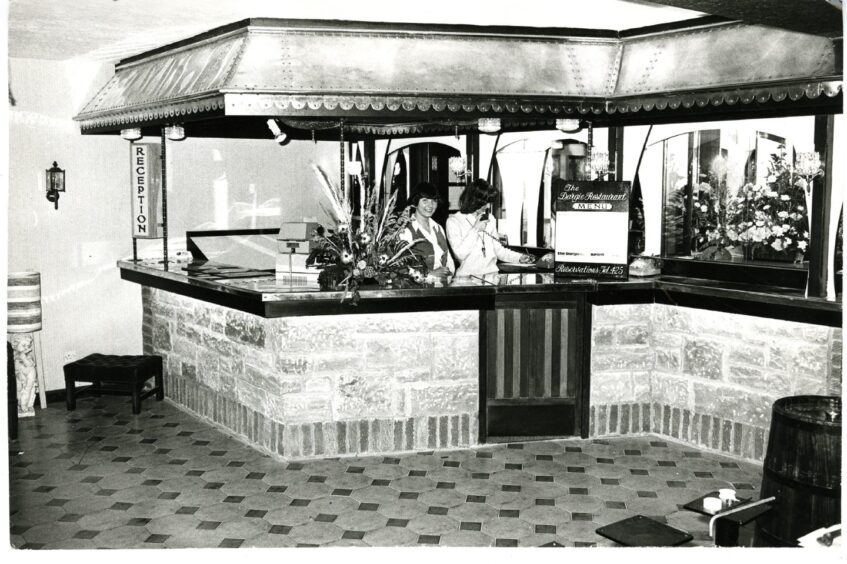










Conversation